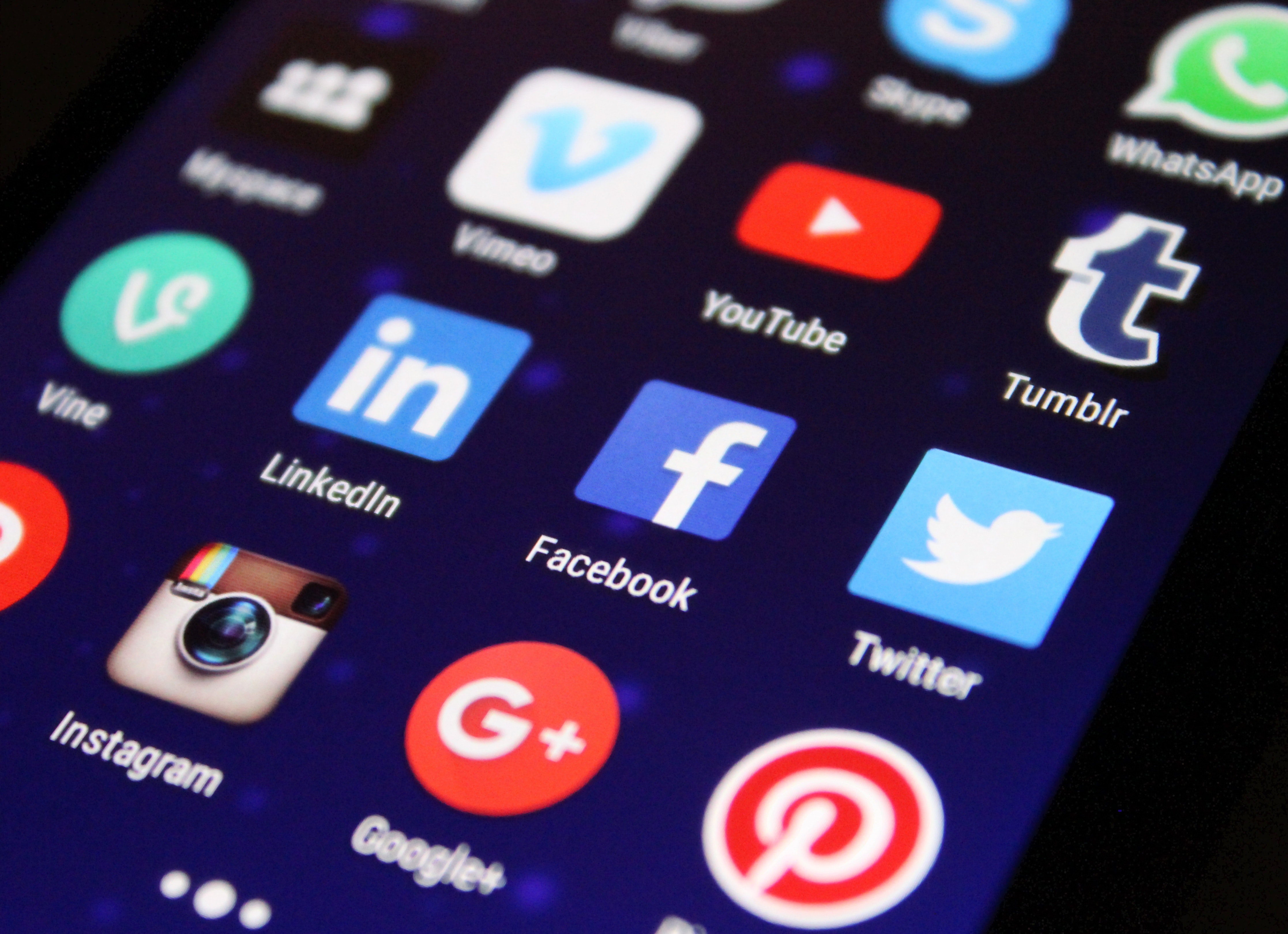Social media has become a new marketing venue. From Gen X down through millennials, and Gen Z’ers, consumers are not watching television – they are spending their time online.
When they are online, they spend time blocking ads; when they check their email accounts, they delete or “spam” those entries that look like ads, even from companies they have done business with before.
Consumers just don’t want to be hassled or harassed. If they are interested in a product or service, they will take the initiative to find it, read the reviews, ask their friends, etc. and a lot of that activity occurs on social media.
If brands want to connect with consumers, they must use social media, but they must use them correctly. To do that, they need to avoid these mistakes:
1. Using Social Media Platforms to Sell
Obviously, you want to introduce your products or services to your followers, but this must be done subtly and not often. Social media is called “social” for a reason.
It is a place to make friends and to establish relationships. And brands that do this will put their names in the heads of followers.
When those followers have a need for their product or service, they will come to the brand they trust and feel comfortable with.
If you need a great example, check out Red Bull’s Facebook page.
2. Not Understanding Your Target Audience
If you haven’t done your homework, then you don’t understand enough about your audience.
What humor do they appreciate? What inspires them? What topics interest them? Until you have answered these questions, you don’t really know what to post.
Here are a few things you can do to calibrate your content to make it suitable for your audience:
• Identify who you think your ideal customer/follower is. Creating a persona will help you get a better and more granular understanding of your clientele once you’ve done your research.
• Create a survey where you would ask your followers some relevant questions, which would help you understand their needs and interests better.
• Study their behavior. To do this, you can use Facebook Insights or the analytics dashboards of the social media you use.
• Analyze the behavior of your competitors’ clientele.
3. Not Responding to Negative Comments/Complaints on Social Media
If you ignore negative comments, they just sit there for all to see. You need to respond and do appropriately. Don’t get defensive, don’t be sarcastic, don’t criticize back.
Honor the comment and the sender, be honest and transparent and apologize if you made a mistake. The next step? Fix the issue. When you do this publicly, others see that you do care about all of your followers/customers, not just those who like you.
There are some great social monitoring tools out there. Use one and get alerts every time you are mentioned on social media.
4. Being Impersonal and Serious
If you are “faceless” and only post on serious topics, you will lose your following, and you certainly won’t get the shares you need.
You need to show your human side. Consumers want to know who you are, what is important to you, and what you do outside of work.
Show them, through photos and videos; share a great joke or a humorous story about yourself or a team member. Brands who are “all work and no play” bore their followers.
5. Spamming on Social Media
We all know what spam is – our emails are full of it. But brands often spam on their social media accounts too.
They put in too many links to their product or service pages, even when the post content is totally unrelated.
Readers understand what you are doing, and that you are “spammy,” not genuine.
Ideally, you should keep your promotional links and content to a minimum and instead focus on the content that your followers will find useful.
A widespread ratio for content publishing on social media is 30/60/10.
30% should be owned content that you’ve written or recorded.
60% should be curated content. Articles and videos that other important niche businesses have produced (because you don’t want to oversaturate your followers’ feeds with your company).
And lastly, 10 percent should be content which contains direct calls to action. This is your promotional material.
Providing your customers with too much promotional content can be tiresome and irritating. Focus on the value that your social media page provides them with.
6. Being inconsistent with Posts
One of the things that followers expect is to come to an account they follow and to see something new.
It’s not easy crafting compelling and engaging content, but it must be done if a brand intends to keep and grow its following. If you are struggling with creating great content, then get some help.
There are plenty of freelance creative writers out there with social media content creation. A number of writing services, such as Studicus.com have creative copywriting departments.
Far better to pay for some great content than to abandon your page for any period of time.
7. Not Tracking Success of Posts
There is no reason to access your pages every day and to manually count the likes and shares that your posts get.
There are tools for that, and you should use them. The reports you receive will let you understand which types of posts, which topics, etc. are working and which are not.
This information should drive what you post going forward.
Let’s Talk About Content Design
The design of your content is just as important as the content itself. If it is not presented in an appealing and engaging way, your followers will not think it is worth sharing. Here are a couple of mistakes to avoid:
8. Using Text When a Visual Will Work
People prefer visuals. In fact, some research says that the brain processes visuals up to 60,000 times faster than text and that visuals are remembered more.
A post without a visual is not appealing. Use photos, memes, gifs, videos, infographics, drawings, etc. whenever you can. And, of course, many platforms (e.g., Instagram) are totally visual, so you have no choice – that’s a good thing
9. Visuals that are Not Natural/Genuine
There is a misconception that visuals must be professionally produced. On social media, this is actually a deterrent rather than an attraction.
People go to social media for informality. Give that to them. Videos of your team, your customers, events you have participated in, etc. should all be natural.
Amateur drawings are often preferred to perfectly appointed professional ones. They look more “human.”
Final Thoughts
No brand can afford not to be on social media. It is the new marketing venue for your competition, and it must be for you, too. Your audience is there, waiting to hear from you.
Adriana Veasey has been in the business of writing for longer than she says she wants to remember. She is an academic researcher and writer for WOW Grade, working with grad students on their dissertation projects, as well as a freelance content marketing specialist for businesses with a digital presence.





